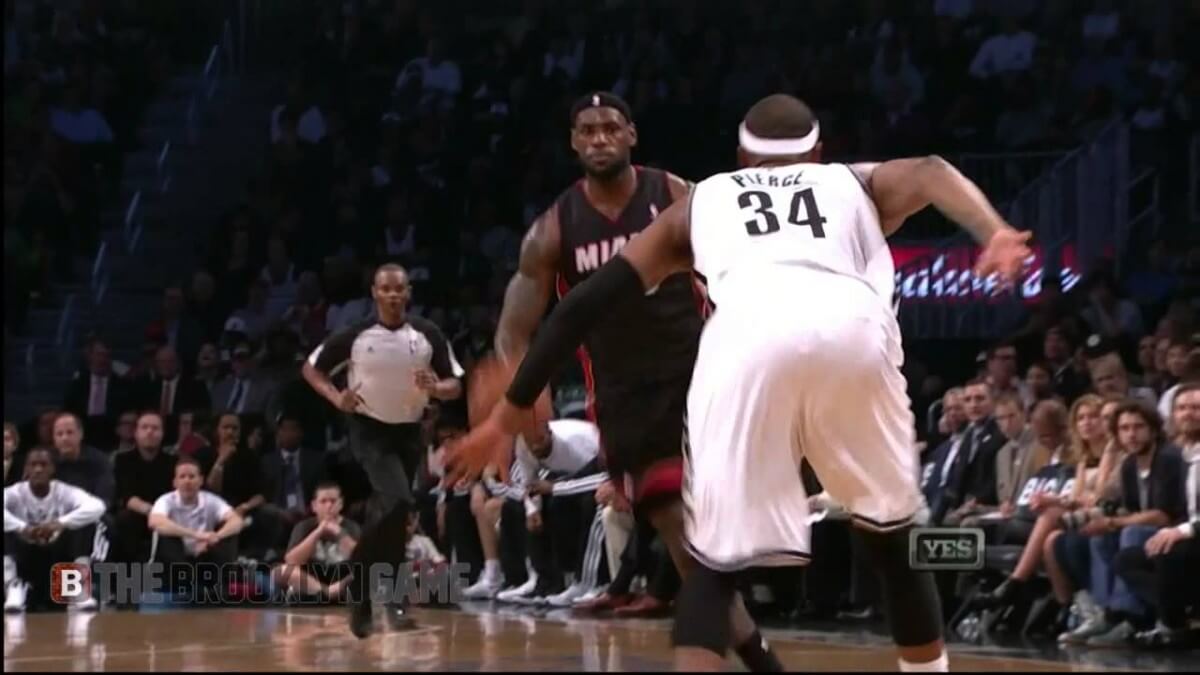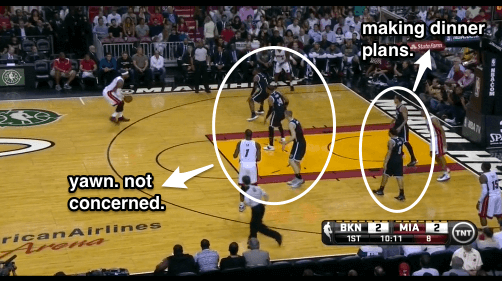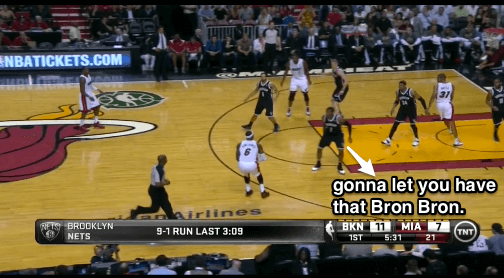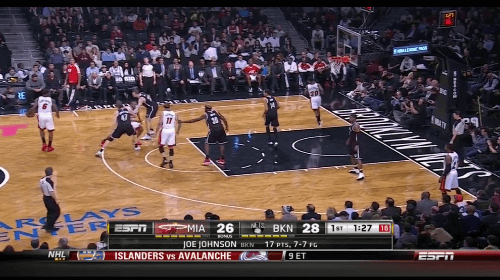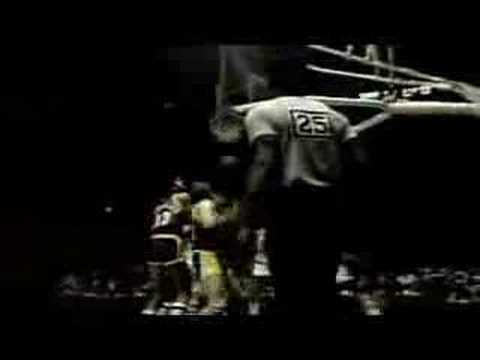Michael Jordan was the best player on the planet, a revolutionary scorer so potent that in order to vanquish him, the Detroit Pistons had to develop elaborate principles to follow on defense. They called them “The Jordan Rules,” a term so popular that a book about Jordan was released a few years later with the same name.
In today’s game, LeBron James is the King, and he’s also who stands in the way of the Nets’ hope for a bid to the Eastern Conference Finals. Stopping him is no easy task, but let’s look at The LeBron Rules the Nets will need to follow to slow King James.
Make Him A Shooter
LeBron James’ opponents have been devising ways to make him a shooter dating back to his pee-wee days, so this is nothing new. It’s not that James can’t shoot — he put up a respectable .379 clip from three this season — but it’s the least of all the evils he brings to the court.
It’s also a strategy James hasn’t gotten fully comfortable with yet, and a proven way defenses can at least take The King out of rhythm.
Watching some Nets possessions from the regular season, regardless of who is defending him, the Nets’ overriding principle when James gets a catch on the perimeter is to make him a shooter.
This is painfully obvious in some instances:
Stay Home On Shooters
The post-up in the NBA is no longer solely a scoring play, but more a mechanism to get others open. James’s post-ups are all about this strategy. Strong as an ox and tall enough to scan the court, James operating from below the free throw line is the most concerning element of any Heat operation in this upcoming series.
James is no stiff in the post: he’s the 6th most efficient post scorer in the NBA according to Synergy Sports. But even with that, teams are so fearful of James’s distribution abilities, they won’t commit to double-team, even when James has position in the post usually reserved for layup lines.
Switch, Switch, Switch
When James gets involved in ball screens, the Nets goals are clear: go under the ball screen or simply switch. With such a fluid and versatile cast of defenders, this is a luxury the Nets have. At any given time, the Nets can switch any of their five defenders on the floor without giving up much size.
If a big gets switched onto James, like say Mirza Teletovic or Kevin Garnett, the Nets seem content with having those defenders simply play lax defense, hopefully goading James into an out-of-rhythm jumper.
Here’s a ball screen possession involving James from the Nets and Heat regular season matchup in January. The possession starts off with Andrei Kirilenko guarding James, but on the first ball screen, AK dips under and the Nets switch, putting Mirza Teletovic now on James.
But, as another ball screen comes, the Nets switch again, leaving Reggie Evans (miss ya Reg) on James with a ton of space to close…
…only, Evans never even moves towards James. Again, the Nets are perfectly comfortable shutting off all of James’ distribution valves and daring him to beat them from distance.
Now, this is just a small snippet of the lengths the Nets will take to try and slow James down, but there is still more to accomplish such as stopping him in transition or providing rim protection for when he inevitably gets there (like this).
This series will be quite the test for Brooklyn’s defense and LeBron James is certainly worthy for his own handful of “rules” to stop him. The Nets are equipped with a bevy of long and strong armed wings capable of doing the job and it will be on Jason Kidd to making the necessary adjustments.
The Nets were designed for this match-up, now lets see if this design rules.

